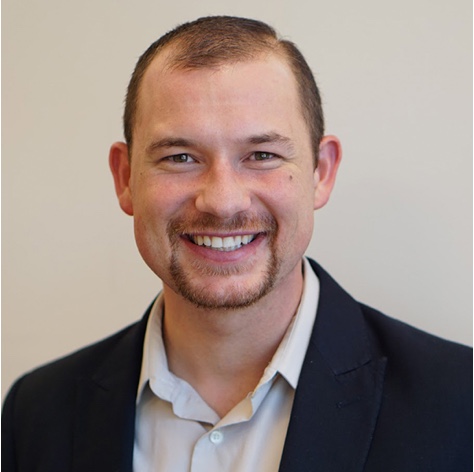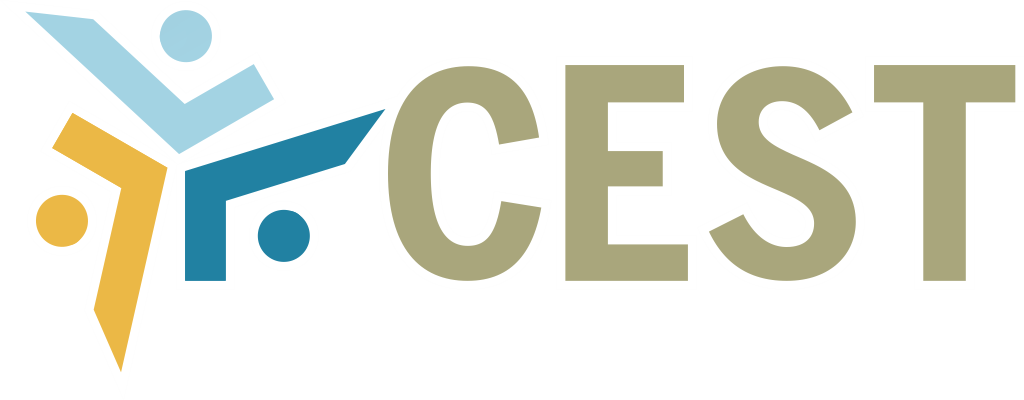– 25/03/2019 –
Thomas Arnett é pesquisador sênior do Clayton Christensen Institute. Seu trabalho foca em inovação na Educação e formação de professores para atuarem com ensino híbrido.
You are an expert in disruptive innovation in Education. What is disruptive innovation in Education?

Disruptive innovation is a phenomenon that makes life-changing innovations more widely accessible. In education, online learning is a disruptive innovation. Online learning creates opportunities for all students to access the kinds of individualized instruction and support that in the past have only been available to the wealthiest segments of society.
You have designed and piloted a blended learning summer school program. Can you tell us a bit about the project? How many students took part in the project? How old were they? What were some of the constraints, benefits, challenges, difficulties, and advantages of this practice?
In 2012, I worked for a school that was challenged with keeping its students on-track academically during the summer when school was not in session. The school wanted to offer summer classes, but found that its teachers—who worked exceptionally hard during the regular school year—felt burned out with having to teach year round.
My assignment was to develop and test a blended learning summer school program that could help students progress academically without requiring teachers to work full time to run the program. The six-week program we piloted served about 25 students in 3rd and 4th grade. We designed the program so that students rotated during the day between online learning and small-group instruction. By having most of the instruction happen in small groups, our goal was to allow the school to hire college students to teach the small group lessons instead of needing teachers to run the program.
How long has the experiment taken? What did you consider the best outcomes of this experiment?
The program only lasted one summer, but it served as a successful proof of concept for how blended learning might work in a school that had been very traditional. After I left, the school went on to use blended learning to tackle a number of other academic and operational challenges.
How do students (in general) react to blended learning? Are they ready to assume their new role in the learning process? How active and participative are the students?
Students’ reactions to blended learning vary because no two students are the same and no two blended learning programs are the same. When blended learning is implemented poorly, students can struggle with feeling bored and isolated during screen time. Some students also struggle with setting their own learning goals in a blended learning setting because their prior experiences often condition them to expect teachers to always tell them what to do.
In contrast, when blended learning is done well, most students enjoy how it addresses their individual learning needs, helps them feel successful, and helps them have more personal and supportive relationships with their teachers.
Whereas blended learning is a teaching modality, personalized learning is a philosophy that encompasses many teaching modalities and objectives. In your opinion, do teachers know the differences between these two terms, or do they use them indistinctly? Are teachers (in general) able to design a blended learning program? What should they have in mind before offering such program or course?
Many teachers struggle with blended learning because it is introduced to them as a technology initiative. Blended learning should not be about technology. It should be about improving students’ learning experiences by empowering teachers to better address students’ individual learning needs. Teachers who want to bring blended learning into their classrooms need to start by developing a clear vision of how they want to improve learning for their students. Then, with that vision in focus, they should explore and experiment with ways to use blended learning to expand their capacity to offer the learning experiences they envision.
What would your final key considerations about blended, personalized, and online learning be?
If you are considering blended learning, don’t feel like you have to invent your program from scratch. There are many pioneering schools and teachers to learn from. One good place to start is to look at the blended learning directory (www.blendedlearning.org/directory) for schools similar to yours. The website also offers guidance for designing a successful blended learning program.
 English
English Português
Português
